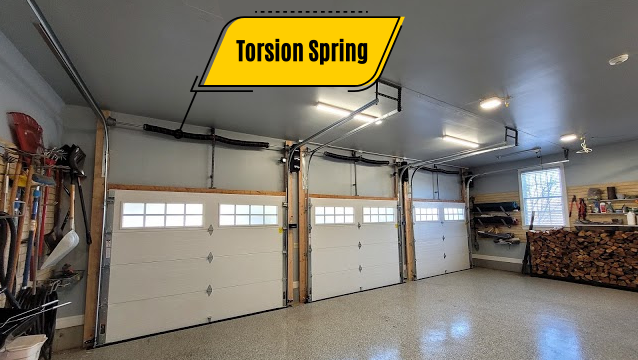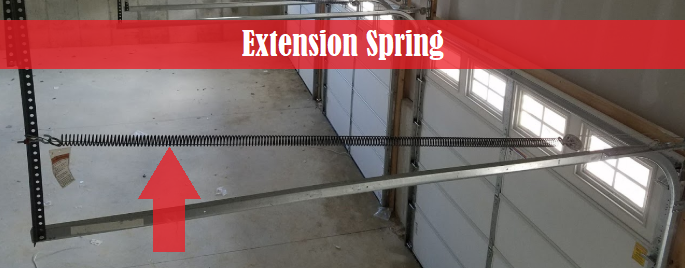Garage Door Springs
Garage door springs counterbalance the weight of your garage door, lessening the load on your garage door opener. Most people give little thought to their garage door springs, that is until they break; then we think of little else. A broken spring can trap our precious vehicles in our garage, usually at the most inopportune moment. Not only are springs under constant stress or torque, but since they are also a moving part, they are sometimes ripe for periodic breakage or replacement.
Types of Garage Doors Springs
1. Extension Springs: The extension springs stretch and gain force as the garage door is lowered are in tension. They are typically located above the horizontal tracks, on both sides of the garage door. Extension springs are cheaper and therefore far more common than torsion springs.
2. Torsion Springs: These are normally located above the garage door opening and mounted horizontally. They twist as the garage door is opened or closed and provide greater lifting force as the garage door is lowered when it is most needed. Torsion springs generally can lift more weight, offer greater balance and last longer than extension springs. As a well-functioning, attractive garage door system carries one of the highest returns on any residential investment, more and more homeowners are opting for torsion springs.

Whichever your chosen type of spring, we do have one piece of advice. Leave their installation and maintenance to a professional, as garage door springs hold deadly force. It simply is not worth risking your life on what appears to be a simple D.I.Y project but is not.
It’s probably better to not wait until your garage door actually breaks. Our garage door professionals will tell you if the springs need replacement during a tune-up, which we perform annually for many homeowners.












